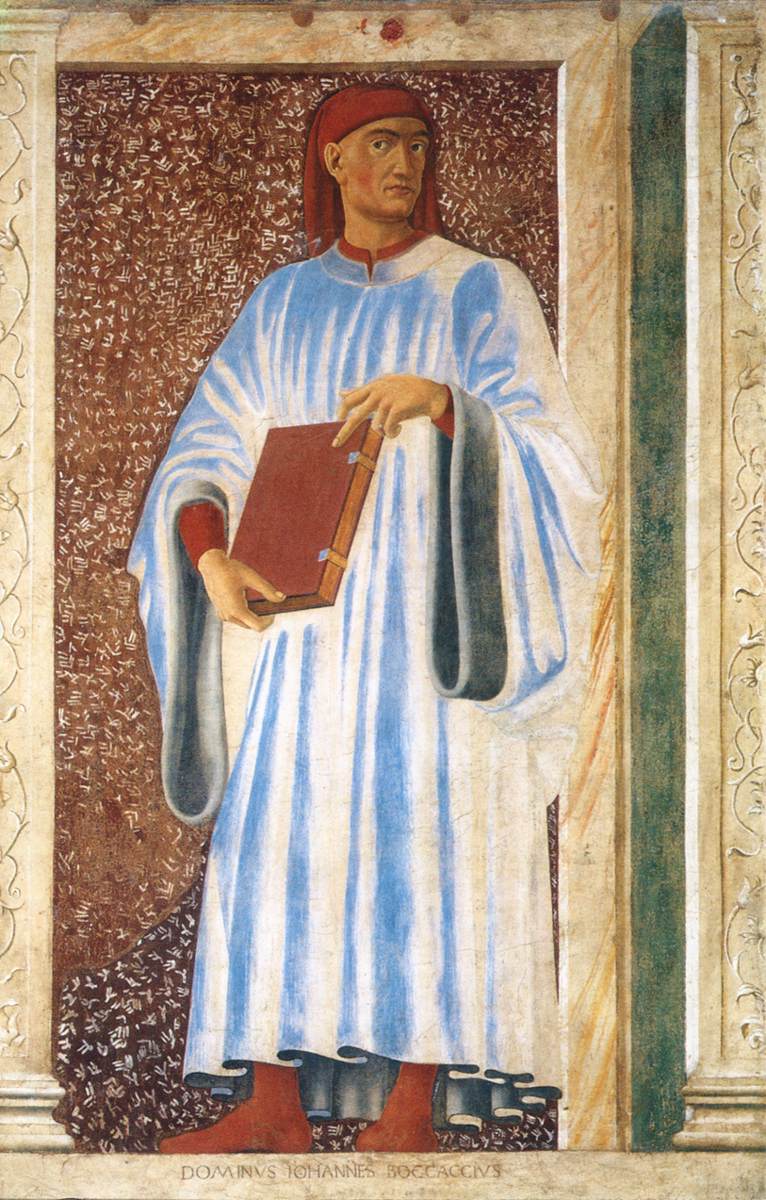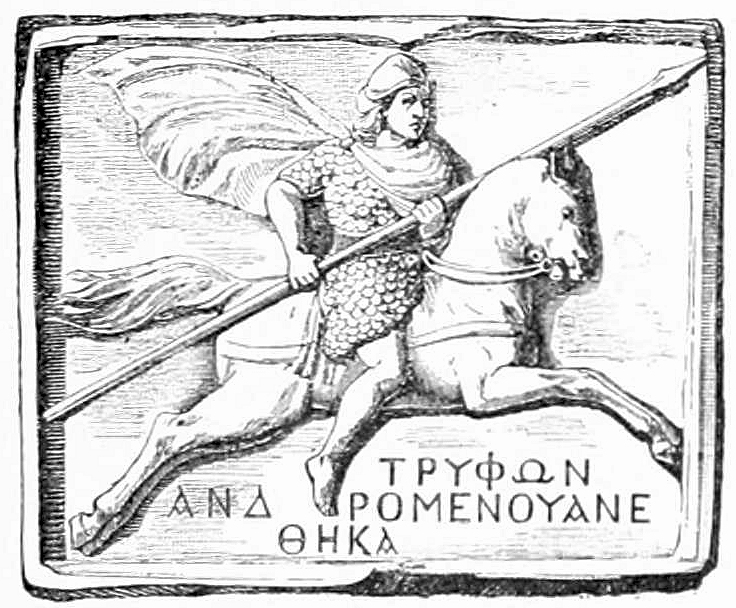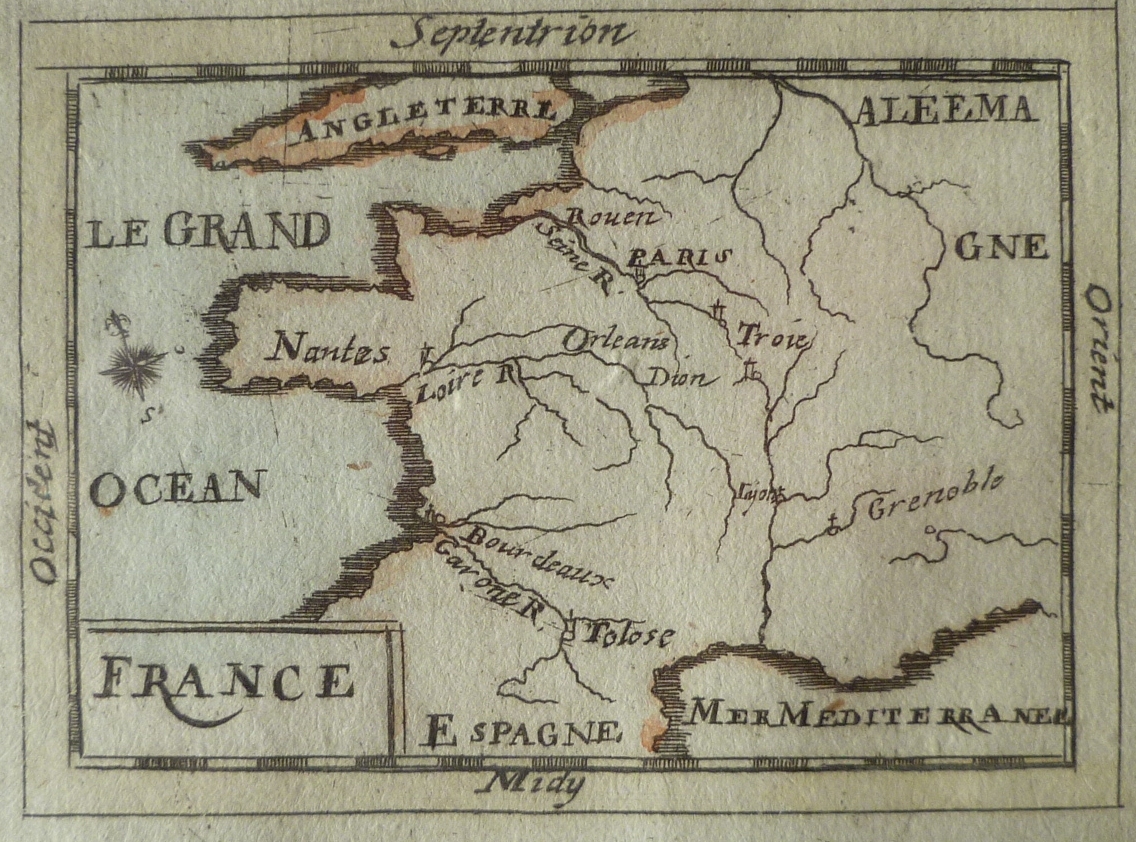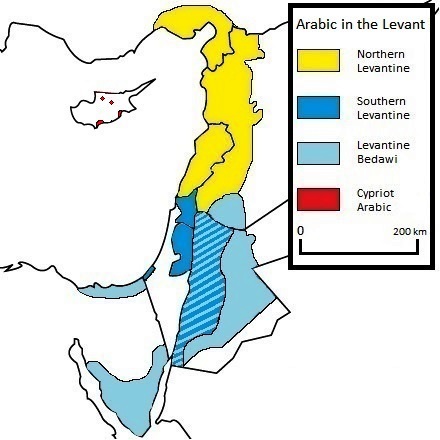|
Four Continents
Europeans in the 16th century divided the world into four continents: Africa, America, Asia, and Europe. Each of the four continents was seen to represent its quadrant of the world—Africa in the south, America in the west, Asia in the east, and Europe in the north. This division fit the Renaissance sensibilities of the time, which also divided the world into four seasons, four classical elements, four cardinal directions, four classical virtues, etc. The four parts of the world or the four corners of the world refers to Africa (the "south"), America (the "west"), Asia (the "east"), and Europe (the "north"). Depictions of personifications of the four continents became popular in several media. Sets of four could be placed around all sorts of four-sided objects, or in pairs along the façade of a building with a central doorway. They were common subjects for prints, and later small porcelain figures. A set of loose conventions quickly arose as to the iconography of the figur ... [...More Info...] [...Related Items...] OR: [Wikipedia] [Google] [Baidu] |
Iconography
Iconography, as a branch of art history, studies the identification, description and interpretation of the content of images: the subjects depicted, the particular compositions and details used to do so, and other elements that are distinct from artistic style. The word ''iconography'' comes from the Ancient Greek, Greek ("image") and ("to write" or ''to draw''). A secondary meaning (based on a non-standard translation of the Greek and Russian equivalent terms) is the production or study of the religious images, called "Icon, icons", in the Byzantine art, Byzantine and Eastern Orthodox Churches, Orthodox Christian tradition. This usage is mostly found in works translated from languages such as Greek or Russian, with the correct term being "icon painting". In art history, "an iconography" may also mean a particular depiction of a subject in terms of the content of the image, such as the number of figures used, their placing and gestures. The term is also used in many academic ... [...More Info...] [...Related Items...] OR: [Wikipedia] [Google] [Baidu] |
Mediterranean
The Mediterranean Sea ( ) is a sea connected to the Atlantic Ocean, surrounded by the Mediterranean basin and almost completely enclosed by land: on the east by the Levant in West Asia, on the north by Anatolia in West Asia and Southern Europe, on the south by North Africa, and on the west almost by the Morocco–Spain border. The Mediterranean Sea covers an area of about , representing 0.7% of the global ocean surface, but its connection to the Atlantic via the Strait of Gibraltar—the narrow strait that connects the Atlantic Ocean to the Mediterranean Sea and separates the Iberian Peninsula in Europe from Morocco in Africa—is only wide. Geological evidence indicates that around 5.9 million years ago, the Mediterranean was cut off from the Atlantic and was partly or completely desiccated over a period of some 600,000 years during the Messinian salinity crisis before being refilled by the Zanclean flood about 5.3 million years ago. The sea was an important rout ... [...More Info...] [...Related Items...] OR: [Wikipedia] [Google] [Baidu] |
De Casibus Virorum Illustrium
''De casibus virorum illustrium'' (''On the Fates of Famous Men'') is a work of 56 biographies in Latin prose composed by the Florentine poet Giovanni Boccaccio of Certaldo in the form of moral stories of the falls of famous people, similar to his work of 106 biographies ''De Mulieribus Claris''. Overview ''De casibus'' is an encyclopedia of historical biography and a part of the classical tradition of historiography. It deals with the fortunes and calamities of famous people starting with the biblical Adam, going to mythological and ancient people, then to people of Boccaccio's own time in the fourteenth century. The work was so successful it spawned what has been referred to as the ''De casibus'' tradition, influencing many other famous authors such as Geoffrey Chaucer, John Lydgate, and Laurent de Premierfait. De casibus also inspired character figures in works like ''The Canterbury Tales'', '' The Monk's Tale'', the ''Fall of Princes'' (c. 1438), ''Des cas de nobles hommes ... [...More Info...] [...Related Items...] OR: [Wikipedia] [Google] [Baidu] |
Boccaccio
Giovanni Boccaccio ( , ; ; 16 June 1313 – 21 December 1375) was an Italian writer, poet, correspondent of Petrarch, and an important Renaissance humanist. Born in the town of Certaldo, he became so well known as a writer that he was sometimes simply known as "the Certaldese" and one of the most important figures in the European literary panorama of the fourteenth century. Some scholars (including Vittore Branca) define him as the greatest European prose writer of his time, a versatile writer who amalgamated different literary trends and genres, making them converge in original works, thanks to a creative activity exercised under the banner of experimentalism. His most notable works are ''The Decameron'', a collection of short stories, and '' On Famous Women''. ''The Decameron'' became a determining element for the Italian literary tradition, especially after Pietro Bembo elevated the Boccaccian style to a model of Italian prose in the sixteenth century. Boccaccio wr ... [...More Info...] [...Related Items...] OR: [Wikipedia] [Google] [Baidu] |
Levant
The Levant ( ) is the subregion that borders the Eastern Mediterranean, Eastern Mediterranean sea to the west, and forms the core of West Asia and the political term, Middle East, ''Middle East''. In its narrowest sense, which is in use today in archaeology and other cultural contexts, it is equivalent to Cyprus and a stretch of land bordering the Mediterranean Sea in Western AsiaGasiorowski, Mark (2016). ''The Government and Politics of the Middle East and North Africa''. p. 5: "... today the term ''Levantine'' can describe shared cultural products, such as Levantine cuisine or Levantine archaeology". .Steiner & Killebrew, p9: "The general limits ..., as defined here, begin at the Plain of 'Amuq in the north and extend south until the Wâdī al-Arish, along the northern coast of Sinai. ... The western coastline and the eastern deserts set the boundaries for the Levant ... The Euphrates and the area around Jebel el-Bishrī mark the eastern boundary of the northern Levant, as d ... [...More Info...] [...Related Items...] OR: [Wikipedia] [Google] [Baidu] |
Tanais
Tanais ( ''Tánaïs''; ) was an ancient Greek city in the Don river delta, called the Maeotian marshes in classical antiquity. It was a bishopric as Tana and remains a Latin Catholic titular see as Tanais. Location The delta reaches into the northeasternmost part of the Sea of Azov, which the Ancient Greeks called Lake Maeotis. The site of ancient Tanais is about 30 km west of modern Rostov-on-Don. The central city site lies on a plateau with a difference up to 20 m in elevation in the south. It is bordered by a natural valley to the east, and an artificial ditch to the west. History The site of Tanais was occupied long before the Milesians founded an emporium there. A necropolis of over 300 burial kurgans near the ancient city shows that the site had already been occupied since the Bronze Age, and that kurgan burials continued through Greek and into the Roman era. Greek traders seem to have been meeting nomads in the district as early as the 7th century BC without ... [...More Info...] [...Related Items...] OR: [Wikipedia] [Google] [Baidu] |
Maeotian Marshes
The Maeotian Swamp or Maeotian Marshes (, ''hē Maiōtis límnē'', literally ''Maeotian Lake''; ) was a name applied in antiquity variously to the swamps at the mouth of the Tanais River in Scythia (the modern Don in southern Russia) and to the entire Sea of Azov which it forms there. The sea was also known as the (, ''hē Maiōtis límnē''; ) among other names. The people who lived around the sea were known as the Maeotians, although it remains unclear which was named for which.James, Edward Boucher"Maeotae" and "Maeotis Palus"in the ''Dictionary of Greek and Roman Geography'', , . Walton & Maberly (London), 1857. Accessed 26 Aug 2014. The Kerch Strait joins the Sea of Azov and the Black Sea. The Ixomates were a tribe of the Maeotes. To the south of the Maeotes, east of the Crimea were the Sindes, their lands known as Scythia Sindica. The marshes served to check the westward migration of nomad peoples from the steppe of Central Asia. The Iazyges, a Sarmatian tribe, were fi ... [...More Info...] [...Related Items...] OR: [Wikipedia] [Google] [Baidu] |
Septentrional
Septentrional, meaning "of the north", is a Latinate adjective sometimes used in English. It is a form of the Latin noun ''septentriones'', which refers to the seven stars of the ''Plough'' (Big Dipper), occasionally called the ''Septentrion''. In the 18th century, septentrional languages was a recognised term for the Germanic languages. Etymology and background The ''Oxford English Dictionary'' gives the etymology of ''septentrional'' as: "Septentrional" is more or less synonymous with the term "boreal", derived from Boreas, a Greek god of the North Wind. The constellation Ursa Major, containing the Big Dipper, or Plough, dominates the skies of the North. The usual antonym for ''septentrional'' is the term '' meridional'', which refers to the noonday sun. Usage The term ''septentrional'' is found on maps, mostly those made before 1700. Early maps of North America often refer to the northern- and northwesternmost unexplored areas of the continent as at the "Septentriona ... [...More Info...] [...Related Items...] OR: [Wikipedia] [Google] [Baidu] |
Mare Nostrum
In the Roman Empire, () was a term that referred to the Mediterranean Sea. Meaning "Our Sea" in Latin, it denoted the body of water in the context of borders and policy; Ancient Rome, Rome remains the only state in history to have controlled the entire Mediterranean coast. The phrase would have been pronounced in Classical Latin, while it is pronounced in Ecclesiastical Latin. The concept of "Mare Nostrum" is noteworthy for having risen to political significance after the unification of Italy in the 19th century, particularly among Italian nationalism, Italian nationalists and Italian fascism, classical fascists, who attempted to revive the term with the connotation of Italy (and the Italian Empire shortly thereafter) being Succession of the Roman Empire, Rome's successor.Lowe (2002), p.34 Original usage The term ''Mare Nostrum'' originally was used by the Romans to refer to the Tyrrhenian Sea after their conquest of Sicily, Sardinia and Corsica during the Punic Wars with An ... [...More Info...] [...Related Items...] OR: [Wikipedia] [Google] [Baidu] |
Levant
The Levant ( ) is the subregion that borders the Eastern Mediterranean, Eastern Mediterranean sea to the west, and forms the core of West Asia and the political term, Middle East, ''Middle East''. In its narrowest sense, which is in use today in archaeology and other cultural contexts, it is equivalent to Cyprus and a stretch of land bordering the Mediterranean Sea in Western AsiaGasiorowski, Mark (2016). ''The Government and Politics of the Middle East and North Africa''. p. 5: "... today the term ''Levantine'' can describe shared cultural products, such as Levantine cuisine or Levantine archaeology". .Steiner & Killebrew, p9: "The general limits ..., as defined here, begin at the Plain of 'Amuq in the north and extend south until the Wâdī al-Arish, along the northern coast of Sinai. ... The western coastline and the eastern deserts set the boundaries for the Levant ... The Euphrates and the area around Jebel el-Bishrī mark the eastern boundary of the northern Levant, as d ... [...More Info...] [...Related Items...] OR: [Wikipedia] [Google] [Baidu] |
Orient
The Orient is a term referring to the East in relation to Europe, traditionally comprising anything belonging to the Eastern world. It is the antonym of the term ''Occident'', which refers to the Western world. In English, it is largely a metonym for, and coterminous with, the continent of Asia – loosely classified into Southwest Asia, Southeast Asia, South Asia, Central Asia, East Asia, and sometimes including the Caucasus. Originally, the term ''Orient'' was used to designate only the Near East, but later its meaning evolved and expanded, designating also Central Asia, Southwest Asia, South Asia, Southeast Asia, or the Far East. The term oriental is often used to describe objects and (in a derogative manner) people coming from the Orient/eastern Asia. Etymology The term "Orient" derives from the Latin word ''oriens'', meaning "east" (lit. "rising" < ''orior'' "rise"). The use of the word for "rising" to refer to the east (where the sun rises) has analogues from many la ... [...More Info...] [...Related Items...] OR: [Wikipedia] [Google] [Baidu] |








